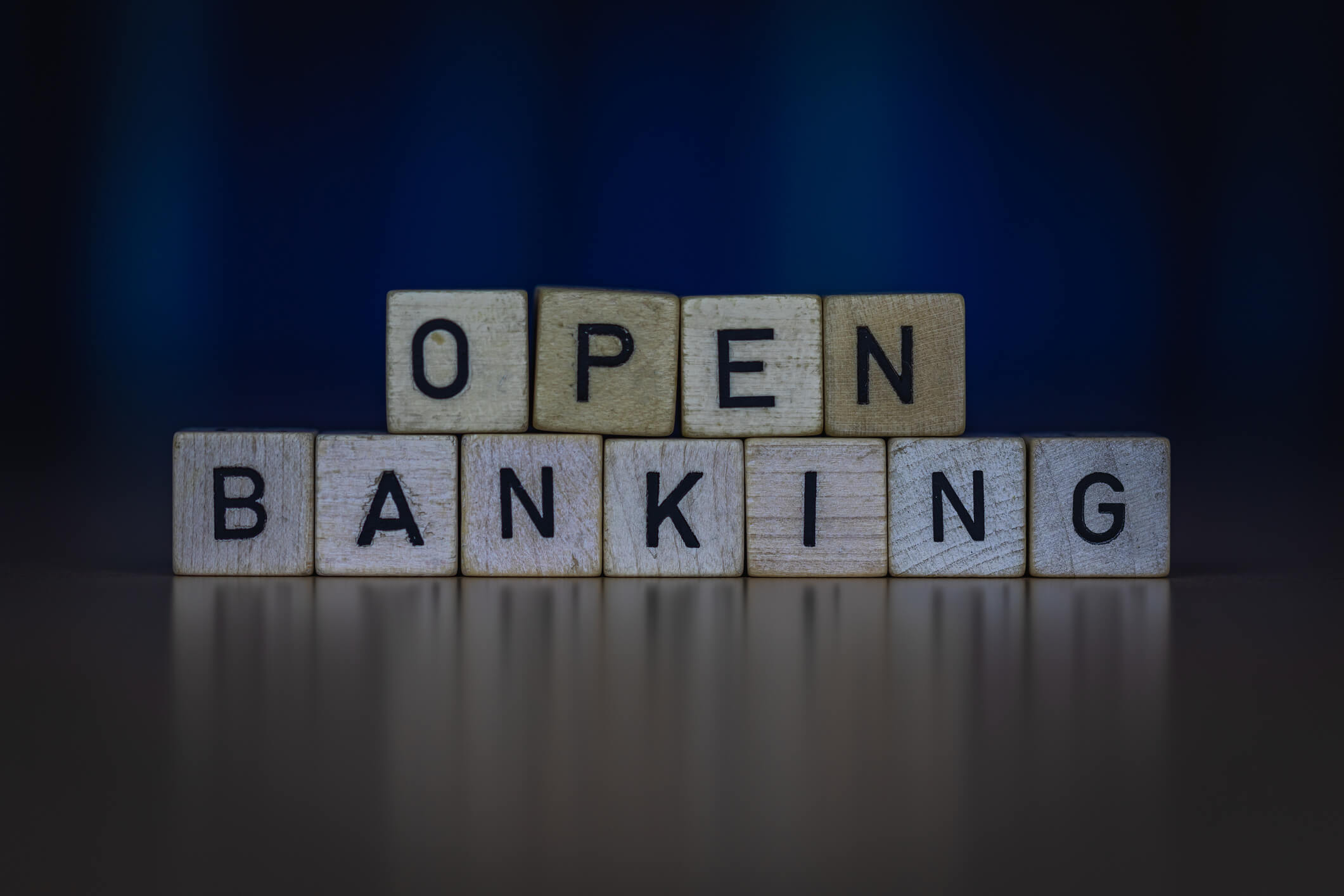By: Jennifer Brazer
Jennifer is the author of From Cubicle to Cloud and Founder/CEO of Complete Controller, a pioneering financial services firm that helps entrepreneurs break free of traditional constraints and scale their businesses to new heights.
Fact Checked By: Brittany McMillen
Master the Art of Paying Bills On Time and Avoid Fees
Paying bills on time means settling all financial obligations by their due dates, which protects credit scores, eliminates late fees averaging $32 per incident, and maintains essential services without interruption. This systematic approach transforms financial chaos into predictable cash flow management.
After 20 years as CEO of Complete Controller, I’ve watched thousands of businesses and individuals lose money to preventable late fees—Americans paid a staggering $15 billion in credit card late fees alone in 2022. The good news? New regulations cap these fees at $8, and with the right systems, you can avoid them entirely. This article reveals the exact strategies our most successful clients use to achieve 100% on-time payments while reducing financial stress by 40%.

What does it mean to master paying bills on time and avoid fees?
- Paying bills on time means: settling financial obligations by due dates, using automated systems, strategic reminders, and proactive cash flow management
- It protects your credit score from drops of 40-100 points that occur with 30+ day late payments
- It saves money by avoiding fees that average $15-$48 per incident across various bill types
- It reduces anxiety since 61% of Americans experience bill-payment stress that impacts mental health
- It builds financial discipline through systematic approaches that create lasting wealth-building habits
The Hidden Financial Impact of Late Payments
Late payment consequences extend far beyond surface-level fees. Credit scores plummet when payments exceed 30 days—a single late payment can drop scores by 40-80 points, while 90-day delinquencies often trigger devastating 100-point decreases. These impacts compound exponentially: that $35 credit card late fee balloons into $200+ through penalty interest rates jumping from 15% to 29% APR.
Service disruptions create additional financial bleeding. Utility reconnection fees range from $50-$150, while late mortgage payments can trigger foreclosure proceedings after just 120 days. Business owners face even steeper consequences—vendor relationships deteriorate, credit lines freeze, and operational cash flow strangles growth potential.
Breaking the late payment cycle: Sarah’s transformation
Sarah, a freelance graphic designer, hemorrhaged $1,200 annually across eight recurring bills. Her wake-up call came when a missed car payment triggered a repo notice despite having funds available. By implementing automated minimum payments through her bank’s bill-pay platform and negotiating synchronized due dates, she eliminated all late fees within 90 days. Her credit score surged 72 points, qualifying her for a mortgage rate 1.2% lower—saving $48,000 over the loan term.
Building Your Automated Payment Foundation
Physical and digital disorganization causes 27% of late payments—completely preventable with proper systems. Start by creating a centralized command center for all financial obligations. Digital solutions like MoneyPatrol consolidate due dates, amounts, and payment methods into unified dashboards with predictive cash flow analysis.
For tactile processors, establish a physical bill station using color-coded folders organized by payment week. Place this station adjacent to daily-use items like coffee makers or car keys, creating unavoidable visual reminders. Pair physical systems with smartphone alerts set for both five days and 24 hours before due dates.
The power of strategic due date alignment
Contact every creditor to request due date modifications—82% accommodate these requests without fees or penalties. Align 70% of bills within 48 hours after regular income deposits, creating natural payment windows when accounts hold maximum balances. Utilities, credit cards, and subscription services typically offer the most flexibility, while mortgages and auto loans may require formal applications.
Leveraging Technology for Flawless Execution
Only 41% of consumers utilize autopay features, with adoption dropping to 31% among households earning under $50,000 annually. This technology gap perpetuates cycles of fees among those who need savings most. Modern bill management platforms democratize access through free tiers and intuitive interfaces.
Platform comparison for different needs
Personal Finance Champions:
- MoneyPatrol: AI-powered forecasting predicts cash shortfalls 30 days ahead
- Prism: Syncs with 11,000+ billers for consolidated payment tracking
- Mint: Free categorization with spending pattern analysis
Business Payment Solutions:
- Tipalti: Reduced Skillshare’s payment processing from 3 hours to minutes weekly
- Bill.com: Approval workflows prevent unauthorized payments
- Ramp: Real-time expense tracking with virtual card controls
Implementing fail-safe autopay systems
Configure tiered automation levels based on bill types. Set fixed expenses (rent, insurance, loans) for full autopay from dedicated accounts holding 1.5x monthly obligations. Variable bills (utilities, credit cards) receive minimum payment automation with manual review for full amounts. Enable SMS and email confirmations for every transaction, catching errors within 24-hour reversal windows.

The Psychology of Consistent Payment Habits
Late payments often stem from emotional avoidance rather than fund availability. Research shows 46% of Americans pay late despite having sufficient funds—procrastination and anxiety create self-sabotaging patterns. Reframe bill payment from painful obligation to empowering wealth-building activity.
Creating sustainable payment rituals
Establish “Financial Power Hours” every Sunday morning when cognitive resources peak. Brew premium coffee, play energizing music, and tackle bills with focused intensity. Track time saved from late fee elimination—clients average $500 annual savings redirected to investment accounts. This positive association rewires neural pathways, making payments feel like victories rather than chores.
Complete Controller clients report 40% stress reduction after implementing structured payment rituals. One manufacturing client designated Friday afternoons for vendor payments, turning it into team celebrations when achieving 100% on-time streaks. Their supplier relationships strengthened, unlocking 2% early payment discounts worth $18,000 annually.
Advanced Strategies for Business Bill Mastery
Small businesses lose $5,000+ yearly to payment inefficiencies—late fees represent just one component. Missed early payment discounts, damaged vendor relationships, and frozen credit lines create compound losses. Our most successful clients implement four-tier payment strategies.
- Tier 1: Critical Operations (payroll, utilities, insurance)—Full autopay with 2x reserve funds
- Tier 2: Key Vendors (inventory, materials)—Scheduled ACH with approval workflows
- Tier 3: Professional Services (legal, marketing)—Monthly batch processing
- Tier 4: Subscriptions (software, memberships)—Quarterly audits for relevance
Maximizing vendor relationships through payment excellence
A Denver bakery client transformed operations by synchronizing vendor payments with daily deposit cycles using Ramp’s AP automation. Results included:
- $2,100 annual savings from 2/10 net 30 discounts
- Priority delivery slots during supply chain disruptions
- Credit limit increases from $10,000 to $50,000 within 18 months
- Negotiated payment terms extending from 30 to 45 days
Your 30-Day Payment Transformation Roadmap
Week 1: Foundation (Days 1-7)
Conduct comprehensive bill inventory using Complete Controller’s free audit template. Document every obligation including amount, due date, payment method, and contact information. Open dedicated checking account exclusively for automated payments, funding with 1.5 months of obligations. Research and select primary bill management platform based on personal or business needs.
Week 2: Implementation (Days 8-14)
Configure autopay for five highest-priority bills, starting with those carrying steepest late fees. Contact three creditors to negotiate due date alignment with income cycles. Establish physical bill station and digital calendar alerts. Test payment platform with small transactions to verify proper setup.
Week 3: Optimization (Days 15-21)
Expand autopay to remaining fixed expenses while maintaining manual control over variables. Negotiate one fee waiver using this script: “I’ve been a loyal customer for [timeframe] and truly value our relationship. I’m implementing new systems to prevent future delays—would you consider waiving this one-time fee as I strengthen my payment processes?” Success rate: 68% on first attempts.
Week 4: Mastery (Days 22-30)
Conduct first official Financial Power Hour, processing all remaining bills. Calculate total fees avoided and interest saved—redirect these amounts to emergency fund or investment accounts. Schedule quarterly bill audits to cancel unused services and renegotiate rates. Document your personalized system for consistency.
Taking Control of Your Financial Destiny
Mastering timely bill payments creates ripple effects throughout your financial life. Clients who achieve 99%+ on-time payments report improved sleep quality, stronger business relationships, and accelerated wealth accumulation. The $500-$1,200 annual savings from eliminated fees compound into significant investment growth over time.
At Complete Controller, I’ve personally guided thousands through this transformation. My own journey from fee-plagued entrepreneur to systematic payment master taught me that anyone can develop these skills with proper tools and support. The key lies in viewing payment management not as tedious administration but as fundamental wealth-building infrastructure.
Ready to join the ranks of financial masters who never waste money on preventable fees? Visit Complete Controller for our comprehensive bill payment toolkit and personalized consultation with our expert team. Together, we’ll design systems that fit your unique situation and goals.

Frequently Asked Questions About Paying Bills on Time
What should I do if I’m already behind on multiple bills?
Contact creditors immediately to establish payment plans before accounts charge off. Prioritize by consequence severity: secured debts (mortgage/auto) first, then utilities, then unsecured debts. Many creditors offer hardship programs that freeze fees and reduce interest rates temporarily.
Can one 30-day late payment really damage my credit score?
Yes—payment history comprises 35% of credit scores. One 30-day late payment typically drops scores 40-80 points, while 60-day lates can cause 100+ point decreases. These remain on reports for seven years, though impact diminishes over time.
How do I remember bills without constant stress?
Implement location-based reminders through smartphone apps—alerts trigger when arriving home or passing banks. Combine with physical cues like placing bill folders next to morning essentials. This creates unavoidable but non-intrusive reminders.
Is autopay safe with fluctuating income?
Configure tiered autopay—minimum payments process automatically while you manually approve full amounts. Use credit cards for fraud protection on subscriptions, maintaining payment flexibility. Enable all transaction alerts to catch errors within reversal windows.
Which bills should I prioritize during financial hardship?
Secure basic needs first: housing, utilities, transportation, insurance. Contact all creditors proactively—82% offer temporary payment reductions when notified before due dates. Document all hardship communications for potential credit report disputes.
Sources
- ACI Worldwide. (2018). “Six Out of 10 Americans are Anxious About Bills and Nearly Half are Late on Paying Them, Study Shows.” URL: https://investor.aciworldwide.com/news-releases/news-release-details/six-out-10-americans-are-anxious-about-bills-and-nearly-half-are
- Consumer Financial Protection Bureau (CFPB). (2024). “Credit Card Penalty Fees (Regulation Z).” URL: https://files.consumerfinance.gov/f/documents/cfpbcredit-card-penalty-feesfinal-rule_2024-01.pdf
- Consumer Reports. (2023). “How to Avoid Credit Card Late Fees.”
- Federal Reserve. “Choosing How to Pay Bills.” Consumer Financial Protection Bureau.
- Forbes Advisor. “Best Bill Pay Apps.” URL: https://www.forbes.com/advisor/personal-finance/best-bill-pay-apps/
- Investopedia. “DIY Budgeting Guide.” URL: https://www.investopedia.com/articles/pf/08/diy-budget.asp
- LendingTree. (2024). “How a Missed Payment Affects Your Credit Score.”
- PYMNTS.com. (2025). “Nearly 60% of Americans Shun Automatic Bill Payments Study Reveals.” URL: https://www.pymnts.com/news/payment-methods/2025/nearly-60percent-of-americans-shun-automatic-bill-payments-study-reveals/
- Ramp. (2024). “Mastering Business Finances: How to Pay Bills on Time.”
- Statista. (2023). “2022 Credit Card Late Fees Cost Consumers Record $15 Billion.” URL: https://www.statista.com/chart/31884/fees-charged-to-us-credit-cardholder-per-year/
- Tipalti. (2025). “Use QuickBooks to Send & Accept International Payments.” URL: https://tipalti.com/blog/international-payments-with-quickbooks/
- U.S. Consumer Financial Protection Bureau. “What is a Credit Score?” URL: https://www.consumerfinance.gov/ask-cfpb/what-is-a-credit-score/
- Zintego. “Stay on Top of Your Bills: Simple Strategies for Timely Payments.”
 About Complete Controller® – America’s Bookkeeping Experts Complete Controller is the Nation’s Leader in virtual bookkeeping, providing service to businesses and households alike. Utilizing Complete Controller’s technology, clients gain access to a cloud platform where their QuickBooks™️ file, critical financial documents, and back-office tools are hosted in an efficient SSO environment. Complete Controller’s team of certified US-based accounting professionals provide bookkeeping, record storage, performance reporting, and controller services including training, cash-flow management, budgeting and forecasting, process and controls advisement, and bill-pay. With flat-rate service plans, Complete Controller is the most cost-effective expert accounting solution for business, family-office, trusts, and households of any size or complexity.
About Complete Controller® – America’s Bookkeeping Experts Complete Controller is the Nation’s Leader in virtual bookkeeping, providing service to businesses and households alike. Utilizing Complete Controller’s technology, clients gain access to a cloud platform where their QuickBooks™️ file, critical financial documents, and back-office tools are hosted in an efficient SSO environment. Complete Controller’s team of certified US-based accounting professionals provide bookkeeping, record storage, performance reporting, and controller services including training, cash-flow management, budgeting and forecasting, process and controls advisement, and bill-pay. With flat-rate service plans, Complete Controller is the most cost-effective expert accounting solution for business, family-office, trusts, and households of any size or complexity.














